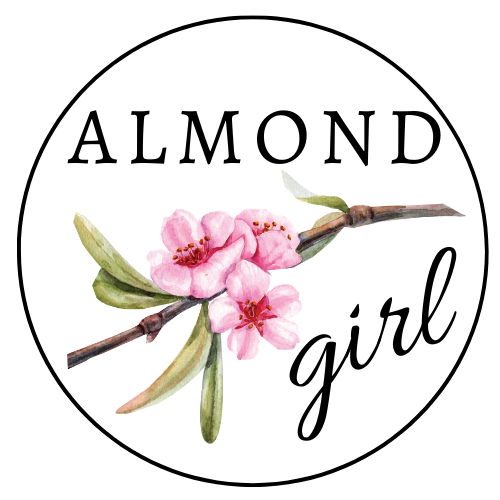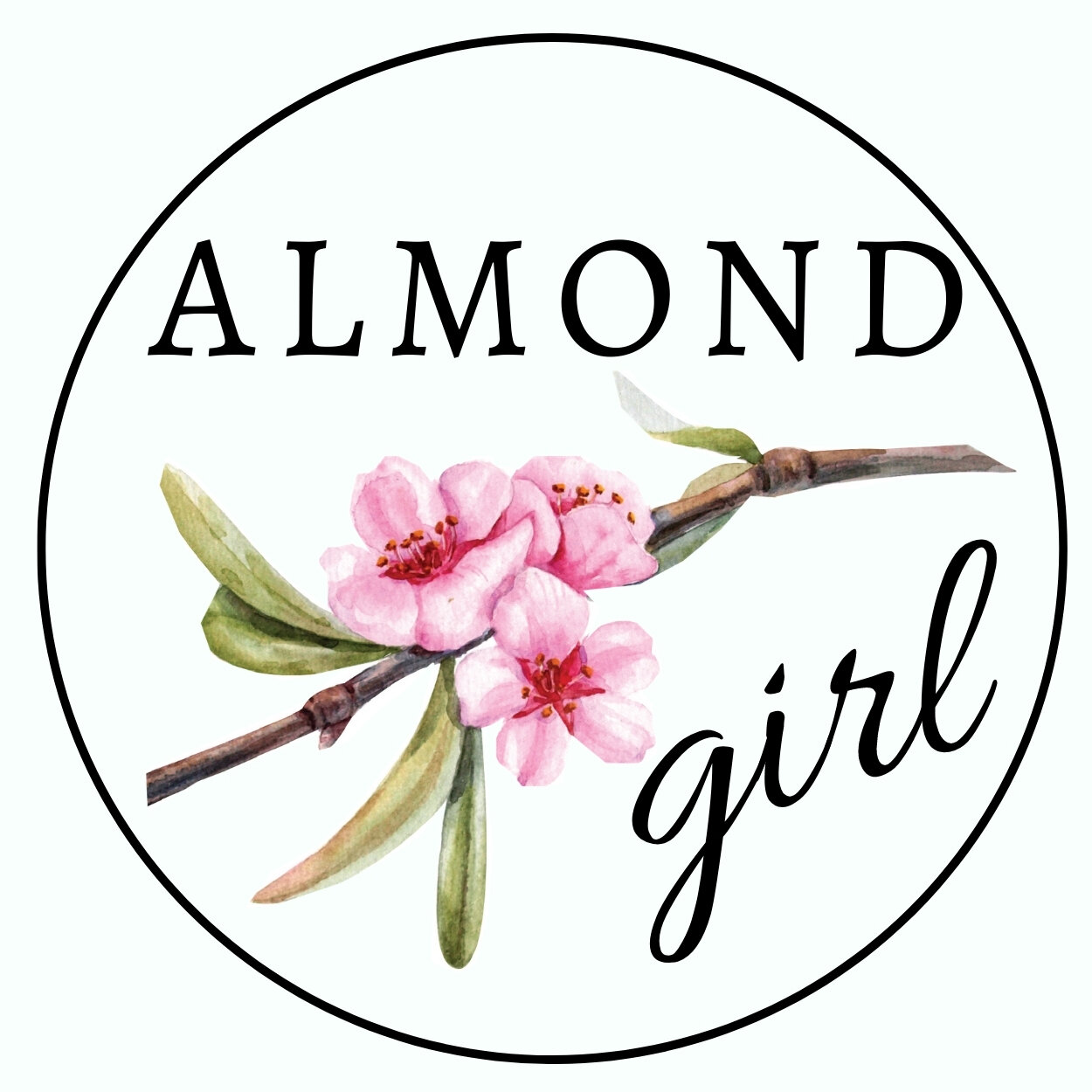Buds, Bees and Bloom- Part 2: Bees
Our almond buds have broken and the bloom has started, now it's time for the bees to start working! Our 2nd B in our three part pollination series is Bees.

Bees are a vital part of the almond production process. Without the bees to pollinate the flowers, we would have no almonds to speak of. Almonds are self-infertile, meaning they need pollen from a different variety to produce a nut. Bees are needed to carry pollen from one almond variety to another, to ensure cross pollination

Working Bees
Beekeepers work all year to ensure their bees are healthy and happy. Bees use almond blooms as an essential part of their natural nutrients needed to survive. They may only be in the almond orchard for a month, but it is the most important month of the bees life. Almond pollen is critical to the life of the bee and bees are critical to the life of the almond. So it only makes sense that the beekeepers and almond farmers work closely together to ensure proper bee health.
Starting in the fall, we discuss bee hive needs and contract agreements with our beekeeper. In January, we discuss our fungicide spray timing to ensure we complete spraying in the most cautious and bee friendly manor possible. We also talk timing of bud break and when we expect bloom to begin so we can properly time moving the bees into the field. During this critical time it is important to maintain frequent communication with each other. Farmers want to ensure hive strength and quality is being assessed for best almond production.


Beekeepers checking on their hive strength prior to bloom
In the last 30 years or so beekeepers have been fighting diseases and mites in their bee hives. Recently, the struggle has been the Varroa mite. Varroa mite is an insect that is threatening the great relationship bees have with the crops they feed on. This mite feeds on the blood of honey bees and leaves its eggs in the hive, causing an infestation and weakening of the hives called colony collapse. Colony collapse has already taken claim to thousands of bee hives and is threatening the livelihood of bees, beekeepers and almond pollination. It is insects like the varroa mite that only strengthen the relationship farmers must have with the beekeepers to ensure proper care and health of the bees. Beekeepers work hard through the summer to ensure the mite population is gone by fall. Over the winter months is when the hive losses are most high.
Other then the mite, beekeepers also struggle the drought in California. Bees are only in almond orchards for a month or so, meaning bees need other crops to forage on for the rest of the year. The amount of natural wildflowers and pastures present in the spring and summer is increasingly low due to our lack of rain and snow we have received the last 3 winters. Beekeepers are having to feed supplemental pollen to their hives when they aren't able to find natural homes for their bees.
With the help of the Almond Board's Honey Bee Best Management Practices guide farmers and beekeepers have been able to receive much needed resources to help them work together to maintain the bee populations. So remember, next time you see that little bee fly by you, protect him. We need to save our bees to protect our almond supply!
Until Next Time,
Almond Girl

